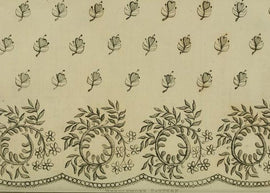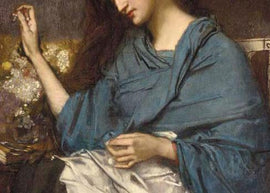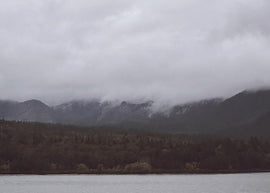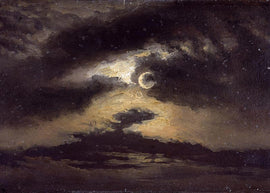A Kiss of Pink
Madder root (Rubia tinctorum) is a natural plant dye material I have been wanting to work with for a while because of the various hues of deep red, pink, corals, rust hues acquired from it. I wasn't quite sure what to expect as I'm a beginner when it comes to botanical dyeing, but I was really pleasantly surprised with the soft palette of petal pink.
I read several different posts and watched Youtube videos and decided on doing an alum mordant on four Atèlette pieces that had the slightest imperfections. I'm talking tiny pin sized marks or a slight discoloring on the lace. Because these didn't pass my eagle hawk eyes, I thought, "Well, I have nothing to lose!" I also have been wanting to dye some of the Atèlette pieces so not everything is all so white! Though, I must add, a big reason I will be making a lot of non-dyed garments is that most dyes being used in the fashion industry are really toxic, but more on that later in a separate post.
I actually developed a couple accessories using "mass produced" natural dye, but the color was so inconsistent from sample to sample, that I decided not to go that route. Natural dyeing is nearly impossible to replicate again and again, too many factors can shift a color! Side note, I may at some point list these samples for sale and you'll be able to see the strawberry dyed fabric and dandelion and marigold. Second side note, I may also list some of the "less than perfect" pieces we have in the shop for you to purchase and dye yourself.
All right, back to the post at hand! I am so pleased with how these turned out that now I feel more confident about doing another batch and trying other plant materials! I would love to get some muted golden hues (maybe with turmeric?) and beautiful sage greens (rosemary and eucalyptus) and of course more earthy tans and browns (pine cones, walnut). Natural plant dyeing definitely takes time, practice, and patience!
I worked with Madder powder instead of extracting the color from the roots directly since extracting color from the root takes additional hours of slowly coaxing the color out, time I don't have at the moment. I also did an alum mordant which made the color really vibrant. I've tried soy mordants on silk before and it just didn't pick up the color as well. You can see in the photos below how vibrant the first extraction is (it's the deepest pink color) and it fades gradually into the third and fourth extraction (the Odile and Seville). I dyed these at a 40/50-100% WOF (weight of fabric). I'm not really someone that gets down to the nitty gritty of exact measurements (I'm the same with cooking) and instead just tend to "feel" how much should be added, with the general knowledge of the difference between 30-100% WOF and 80-100% WOF of course.
Several rinses later, they were ready to be dried, but Spring in Oreon means the weather is rather capricious, where sunshine and rain take a turn every 10 to 30 minutes. I had these hanging on a line when a sudden downpour caught me by surprise. I plucked them off the line and thought they might do better drying in my greenhouse (and it looked rather pretty), but the current state of my greenhouse is rather...well dusty and dingy, so I scurried back inside the house with my small pile of petal pinks where they could dry safely, though in not as lovely a surrounding as my garden. Still, I managed to snap a few shots of them prettily dangling in the dogwoods.



















